The ocean is the origin and the engine of all life on this planet — and it is under threat.
The ocean remains one of the most vast, mysterious and diverse places on our planet. But as we’ve learned, it’s vulnerable to something as simple as the human touch.
Every day our environment is being threatened by ocean pollution and, as you might expect, with this much trash in the ocean, marine life is suffering at an alarming rate. Every year, 8 million tons of plastic enter the ocean.
That’s equivalent to one truckload dumped into the sea every minute of the day. From there, it goes on a long and destructive journey. “The plastic that enters the ocean can be carried vast distances by currents to all parts of the world, including remote Antarctica and the Mariana trench.
So how does trash get into the ocean? It’s dumped, pumped, spilled, leaked and even washed out with our laundry. Each year, we expose the world’s waterways to an increasing variety of pollutants — plastic debris, chemical runoff, crude oil and more.
Fortunately, it’s not too late to clean up our act. Share the dirty truth about ocean pollution and help make a difference.
1. Causes & Effects of Ocean Pollution
The majority of the waste we produce on land eventually reaches the oceans, whether intentionally or not — and there are various ways by which this happens. For example:
- Littering
- Sewage
- Ocean mining
- Oil spills
- Agricultural runoff
- Toxic chemicals
- Air pollutants
- Maritime transportation
2. Effects of Ocean Pollution
- Depletion of oxygen content in the water
- Effect of toxic wastes on marine animals
- Failure in the reproductive system of marine animals
- Contamination of the food chain
- Effect on human health
- Disruption to the cycle of coral reefs
Why is the ocean so badly affected by plastic?
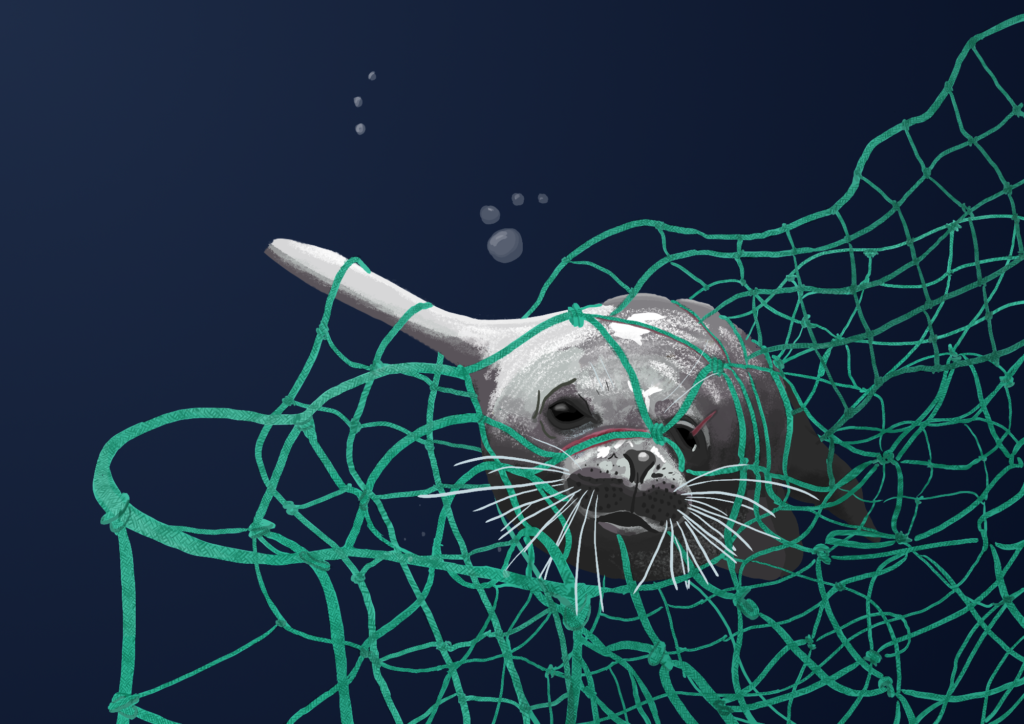
Incredibly vast and deep, the ocean acts like a huge sink for global pollution. Some of the plastic in the ocean originates from ships that lose cargo at sea. Abandoned plastic fishing nets and longlines – known as ghost gear – is also a large source, making up about 10% of plastic waste at sea.
Marine aquaculture contributes to the problem, too, mainly when the polystyrene foam that’s used to make the floating frames of fish cages makes its way into the sea.
But the vast majority of waste enters the water from land. Extreme weather and high winds brings it there, and pollution along coastlines gets swiftly hauled out by the tides. The ocean is also the endpoint for thousands of rivers, which carry tonnes of loose litter and waste from landfills, ultimately depositing it into the sea.
In fact, just 10 rivers worldwide, eight of them originating in Asia, are responsible for the bulk of river-borne plastic that enters the oceans: China’s Yangtze is the biggest source, contributing 1.5 million metric tonnes each year.
That’s mainly because several countries outsourced their plastic waste management to China. Until January 2018, when it banned the trade, China imported almost half of the world’s plastic trash.
What’s the impact on marine life?

Hundreds of thousands of marine animals get entangled in plastic waste each year – especially in ghost gear – which limits their motion and their ability to feed, and causes injuries and infections. Less visible is the devastation that occurs through the ingestion of plastic: seabirds, turtles, fish, and whales commonly mistake plastic waste for food, because some has a similar colour and shape to their prey.
Floating plastic also accumulates microbes and algae on the surface that gives it an odour that’s appetising to some sea animals. Once animals consume it, ingested plastic can pierce internal organs or cause fatal intestinal blockages; it also leads to starvation, because a stomach crammed with plastic gives an animal the illusion of being full.
How bad is it, really?
Plastic pollution is so pervasive that it’s been found in some of the wildest and most remote locations on our planet, including Antarctica, and the deepest canyons of the Mariana trench.
Ocean currents have coalesced floating plastic into five huge, swirling deep sea gyres – such as the Great Pacific Garbage Patch, which covers an area of ocean three times the size of France. Estimates suggest there could be upwards of 5 trillion individual pieces of plastic floating in the ocean.
And if we continue producing plastic at current rates, the amount could outweigh all the fish in the sea by 2050. Research also shows that more than 800 coastal and marine species are directly affected by plastic waste through entanglement, ingestion, or damage to their habitats.
Studies show that 90% of seabirds, and 52% of all turtles on the planet have consumed plastic. Additionally, a million seabirds and 100,000 marine mammals die annually because of plastic waste.
How does plastic pollution impact humans?
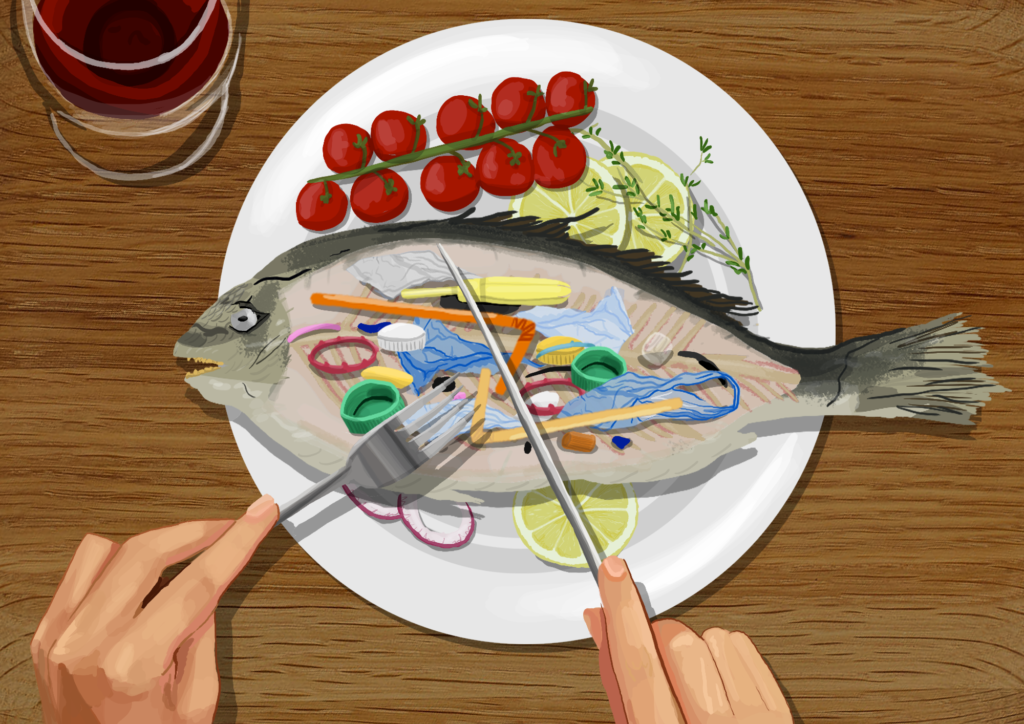
When marine animals consume plastic, the toxins it contains breaks down inside their bodies. So when humans eat seafood, we’re consuming these, too.
Some of these plastic toxins are linked to hormonal abnormalities, and developmental problems. But researchers are still trying to understand exactly how our health is affected when we consume plastic via fish and shellfish.
Analyses so far have suggested that microplastics don’t necessarily pose a risk to human health. But there’s still lots we don’t know. One concern is that plastics in the ocean eventually degrades into nano-plastics, which are so small they could enter human cells when consumed. In 2019, experts called for more research into the effect of micro- and nano-plastics on human health.
Read Full article here: Source

1. Oil spills aren’t the big(gest) problem.
Headline-grabbing oil spills account for just 12 percent of the oil in our oceans. Three times as much oil is carried out to sea via runoff from our roads, rivers and drainpipes.
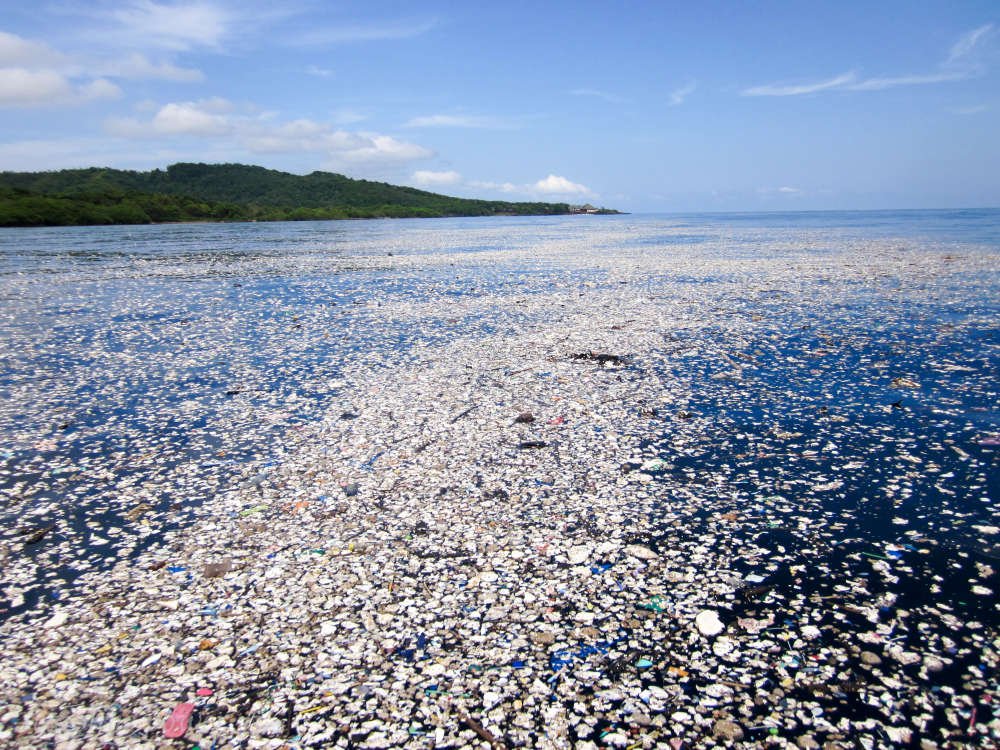
2. More plastic than fish.
Eight million metric tons: That’s how much plastic we dump into the oceans each year. That’s about 17.6 billion pounds — or the equivalent of nearly 57,000 blue whales — every single year. By 2050, ocean plastic will outweigh all of the ocean’s fish.
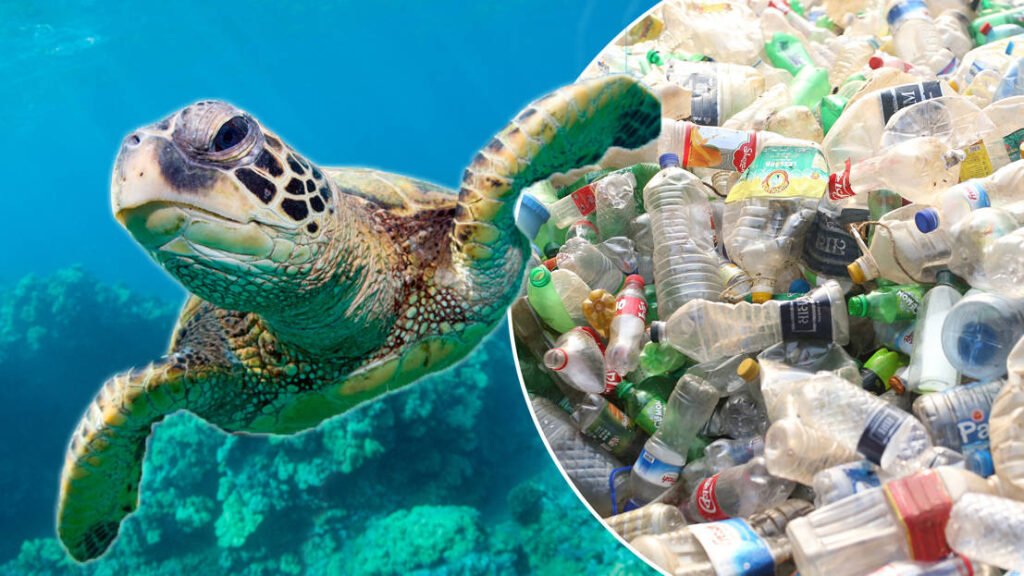
3. Plastic poses a double danger.
Ocean trash can be broken into smaller pieces — known as microplastic — by sun exposure and wave action, after which it can find its way into the food chain. When it eventually degrades (which takes 400 years for most plastic), the process releases chemicals that further contaminate the sea.
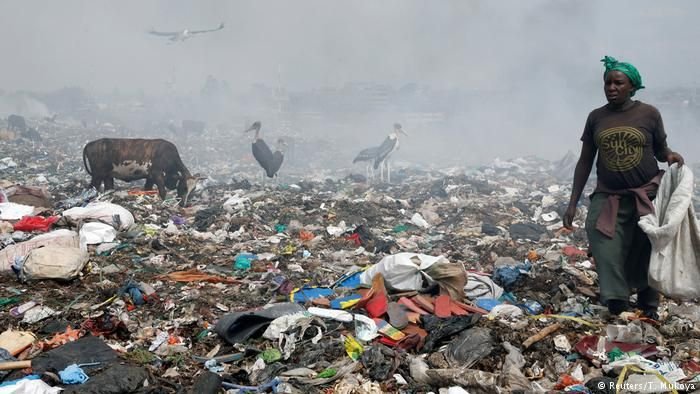
4. China, Indonesia top the trash tally.
More plastic in the ocean comes from China and Indonesia than anywhere else — together, they account for one-third of plastic pollution. In fact, 80 percent of plastic pollution comes from just 20 countries, including the United States.

5. Pollution is in fashion (literally).
With each load of laundry, more than 700,000 synthetic microfibers are washed into our waterways. Unlike natural materials such as cotton or wool, these plasticized fibers do not break down. One study showed that synthetic microfibers make up as much as 85 percent of all beach trash.
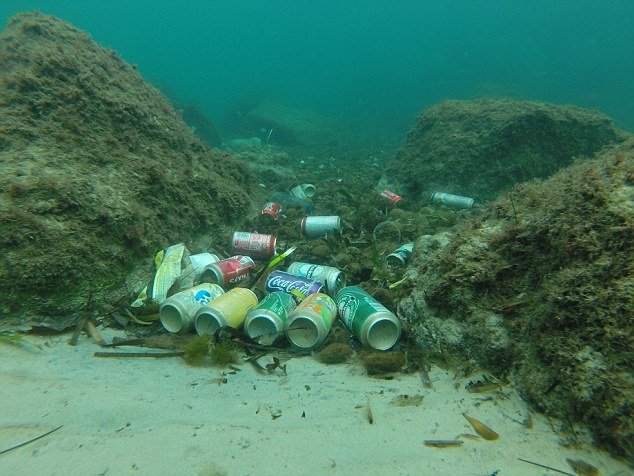
6. Most ocean trash sits on the bottom.
As unsightly as ocean pollution is, what we can’t see may be worse: 70 percent of ocean garbage actually sinks to the seafloor, meaning we’re unlikely to ever be able to clean it up.
Oil spills only contribute to 12% of the oil in the ocean. 36% of the oil comes from runoff sources from cities and companies. Ocean noise pollution is an issue, too. Ships, tankers, and shipping containers emit sounds like high-intensity sonar and air guns. This noise pollution injures fish, disrupts their habitats, and more
Ocean pollutions kills more than one million sea birds each year. Over 100,000 marine animals die every year from plastic entanglement and ingestion.
What You Can Do to Prevent Further Ocean Pollution
By now you’ve hopefully realized this issue is much larger, and deserves more attention than just a blog read. With these ocean pollution facts in mind, I challenge you to do something about it today.
We’re all responsible for this mess, and it will take all of us to help clean it up.
Here’s how you can pitch in to reduce marine pollution:
- Any time you see litter, regardless of what it is, pick it up and properly dispose of it.
- Remember: Reduce, Reuse, Recycle. Reduce your usage of single-use plastics. Reuse plastic packaging as many times as you can. Recycle rather than throw away.
- Avoid products with excessive packaging.
- Bring a reusable bag for shopping (i.e. grocery store, retail shops, etc.)
- If you are to buy/use a product that contains a plastic “six-pack” holder, be sure to cut it before disposing of it. In the ocean, these rings expand, often times tangling or choking wildlife.
- Educate those around you and don’t be afraid to talk trash to your friends and family. People can’t change what they don’t know about, so help spread the word.

